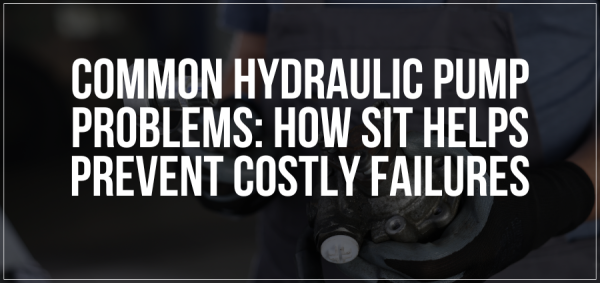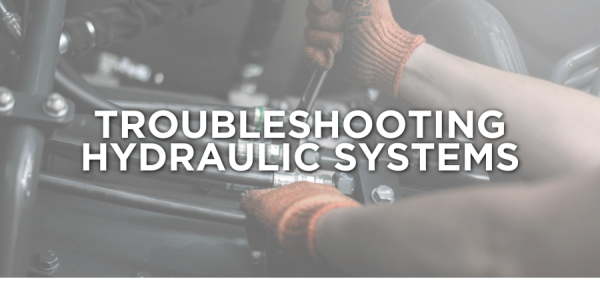When it comes to actuator sizing, it might not be rocket science, but it is certainly an exact science. Getting the right actuator size is essential for ensuring the safety and efficiency of the entire system. Under-sizing or over-sizing an actuator can lead to serious consequences, including valve failure, process malfunction, or in extreme cases, loss of life or damage to capital equipment. In this article, we’ll dive into the key concepts of actuator sizing, discuss the potential hazards of incorrect sizing, and explain how to avoid these risks to optimize your system.
The Importance of Torque in Actuator Sizing
One of the fundamental principles of actuator sizing is understanding torque—the rotational force needed to open or close a valve. Torque is a critical factor that must be accounted for when selecting an actuator. Manufacturers publish torque specifications for valves, which indicate the minimum torque that an actuator must generate to operate the valve under its maximum allowable or known operating pressure differential.
However, it’s essential to recognize that torque requirements aren’t static. The pressure differential (the difference between the inlet and outlet pressures of the valve) significantly impacts the amount of torque needed to open or close the valve. To account for variations in pressure and operating conditions, manufacturers often include a safety factor in their published torque values. This safety factor provides a buffer to account for manufacturing tolerances, unknown application variables, and wear and tear over the valve’s lifecycle.
Understanding Torque Measurements
Torque is measured in several units, depending on the region and the industry. The most common units are Newton-meters (Nm), inch-pounds (in-lbs), and foot-pounds (ft-lbs). Here are some basic conversions to help understand these units:
- 1 Nm = 8.85 in-lbs
- 1 Nm = 0.74 ft-lbs
- 1 Bar = 14.5 PSI
Knowing how to convert between these units is important when dealing with specifications from different manufacturers or when working in industries that may use different standards.

The Consequences of Incorrect Sizing
Under-Sizing Actuators
Under-sizing an actuator can result in the valve not opening or closing fully, which directly affects the performance of the system. When a valve doesn’t fully open or close, the process it controls may not function as intended. For example, in an industrial system, this can lead to improper flow rates, pressure imbalances, or even a complete system shutdown.
In some cases, under-sizing may cause the actuator to overheat or wear out prematurely as it struggles to generate enough torque to operate the valve. This can lead to costly repairs, downtime, and potentially hazardous situations if the valve fails to operate when needed.
Over-Sizing Actuators
While over-sizing might seem like a safer option, it can lead to two serious operational concerns:
- Deformation or catastrophic failure of the valve stem: This occurs when the actuator produces torque that exceeds the maximum allowable stem torque (M.A.S.T.) for the valve. Excessive torque can cause the valve stem to bend, warp, or even break, leading to valve failure.
- Damage to the valve seat: Over-torquing the valve can damage the valve seat, which may lead to leaks and a reduction in the overall lifespan of the valve. While this damage may not be immediately noticeable, repeated over-torquing over time will degrade the valve’s performance and reliability.
Both issues can lead to costly repairs, system downtime, and increased maintenance requirements. In extreme cases, over-sized actuators can cause catastrophic failures, resulting in significant safety risks and financial losses.
Double-Acting vs. Single-Acting Actuators
When selecting an actuator, it’s also important to consider whether the application requires a double-acting or single-acting actuator.
Double-acting actuators use hydraulic or pneumatic pressure to both open and close the valve. These actuators are typically used in fail-last-position applications, meaning that if the system fails, the valve will remain in its last position (whether open or closed). Because double-acting actuators use pressure to drive both motions, they provide equal torque for opening and closing.

When sizing a double-acting actuator, it’s necessary to account for both break torque (the torque required to start moving the valve from a closed position) and end torque (the torque needed to fully open or close the valve). Properly sizing the actuator ensures that it will have enough force to operate the valve consistently throughout its entire range of motion.
Single-Acting Actuators
Single-acting actuators rely on hydraulic or pneumatic pressure to open the valve, while a spring mechanism closes the valve when pressure is removed. These actuators are typically used in fail-safe applications, where the valve needs to automatically close (or open) in the event of a system failure. In most cases, fail-closed is the preferred option for safety reasons.
Sizing single-acting actuators requires careful consideration of multiple torque values, including break torque, end open torque, break torque to close, and end closing torque. The actuator must provide enough force to overcome the spring resistance while still ensuring a proper seal when the valve is closed. It’s also important to factor in the safety factor in each torque calculation to ensure reliable operation in all conditions.
The Relationship Between Working Pressure and Torque Output
One of the key factors in actuator performance is the relationship between working pressure and torque output. The working pressure of the hydraulic or pneumatic system directly affects the amount of torque that the actuator can generate. This relationship varies depending on whether the actuator is double-acting or single-acting.
Double-Acting Actuators
In a double-acting actuator, the relationship between working pressure and torque output is linear—as the working pressure increases, so does the torque output. This means that the actuator can open and close the valve with equal force, providing consistent performance regardless of the operating conditions.
Single-Acting Actuators
In a single-acting actuator, the relationship between working pressure and torque output is more complex. While the working pressure still affects the torque output, the actuator must also work against the spring force. As the spring compresses during the opening motion, the torque output decreases. Similarly, the spring exerts less force as it decompresses during the closing motion. As a result, single-acting actuators often require more precise sizing to ensure that they can generate enough torque to fully open and close the valve.
Ensuring Proper Actuator Sizing
When it comes to sizing actuators, precision is key. It’s important to gather accurate data on the torque requirements, operating conditions, and safety factors to ensure that the actuator is properly matched to the valve. Over-sizing or under-sizing an actuator can lead to serious consequences, from reduced system performance to catastrophic failures.
To avoid these issues, be sure to consider the following factors:
- Torque requirements: Ensure that the actuator can generate enough torque to fully open and close the valve, even under maximum pressure differentials.
- Safety factors: Account for the manufacturer’s safety factor in your calculations to provide a buffer for manufacturing tolerances, wear and tear, and unknown variables.
- Operating conditions: Consider the working pressure, temperature, and environmental conditions when selecting an actuator to ensure reliable performance.
- Actuator type: Determine whether a double-acting or single-acting actuator is best suited for the application and size it accordingly.
Conclusion
Sizing actuators may not be rocket science, but it is undoubtedly an exact science. Ensuring that the actuator is properly sized for the valve is critical for maintaining the safety, efficiency, and reliability of the entire system. By understanding the relationship between torque, working pressure, and actuator performance, you can avoid the risks of under-sizing or over-sizing and ensure that your system operates smoothly and safely.
At Supreme Integrated Technology, we have the expertise and experience to help you select the right actuator for your application. Contact us today to discuss your project and learn how we can help you optimize your system for maximum performance and safety.




